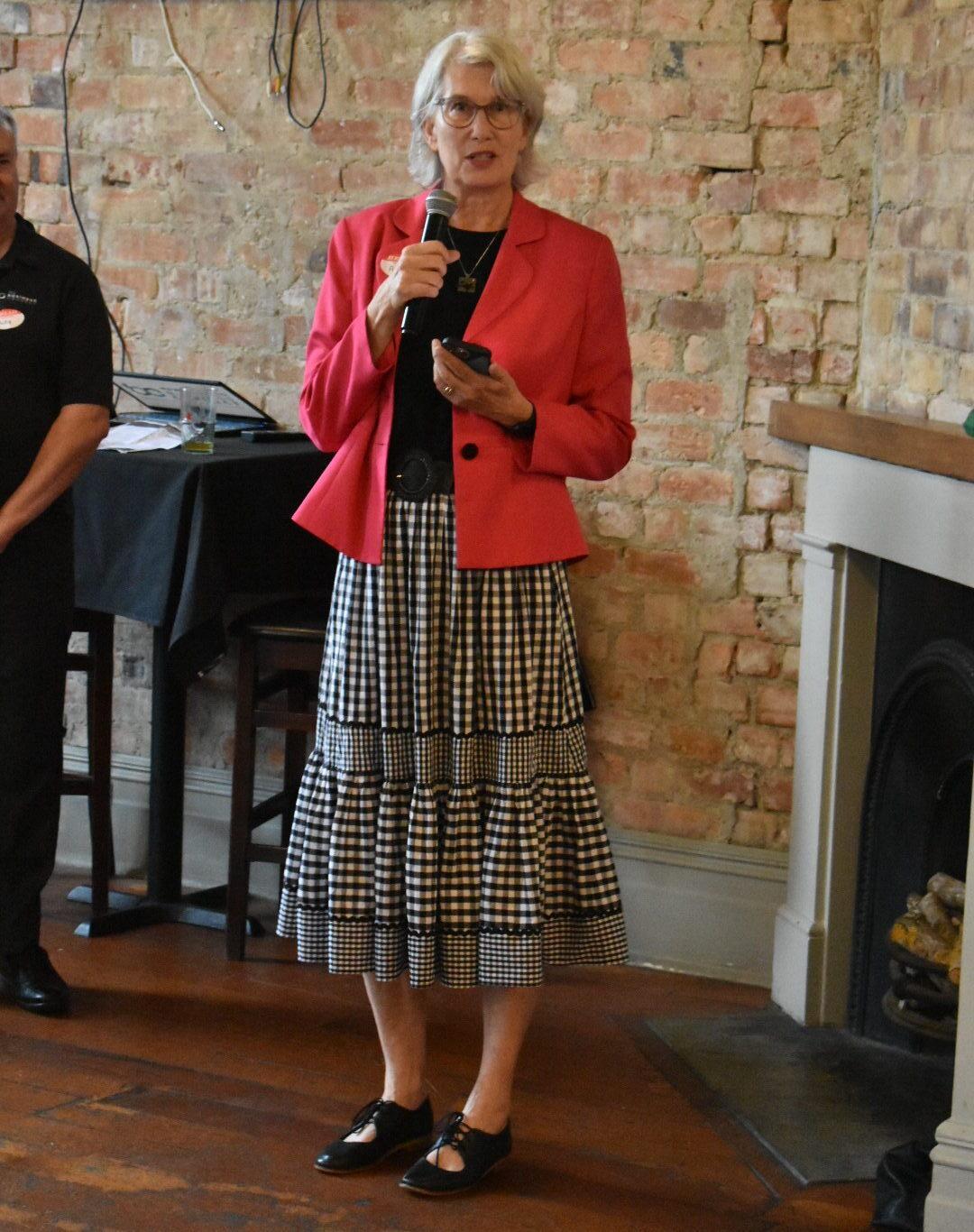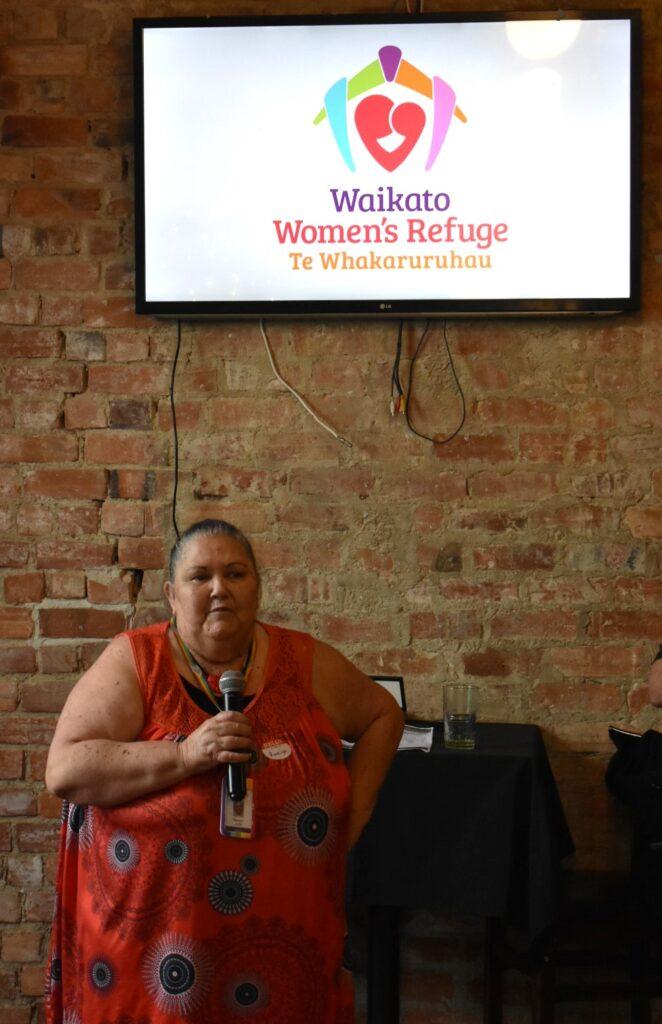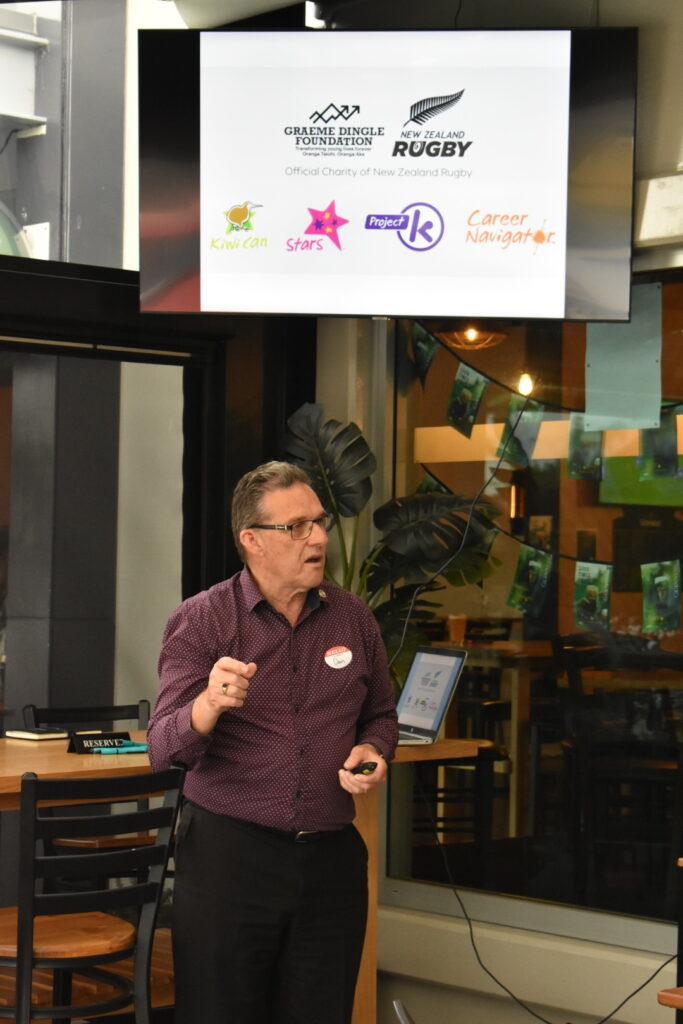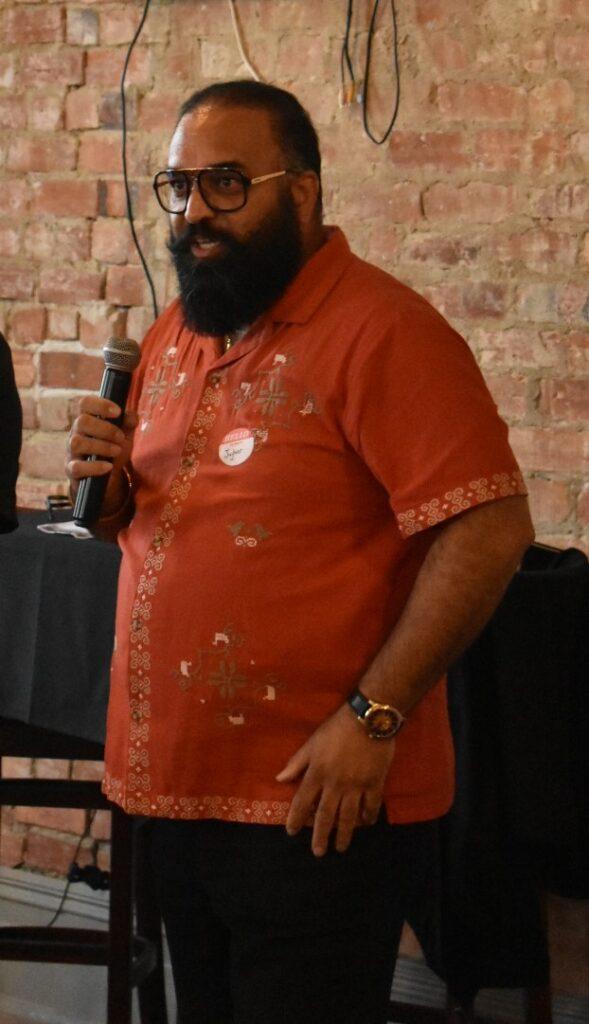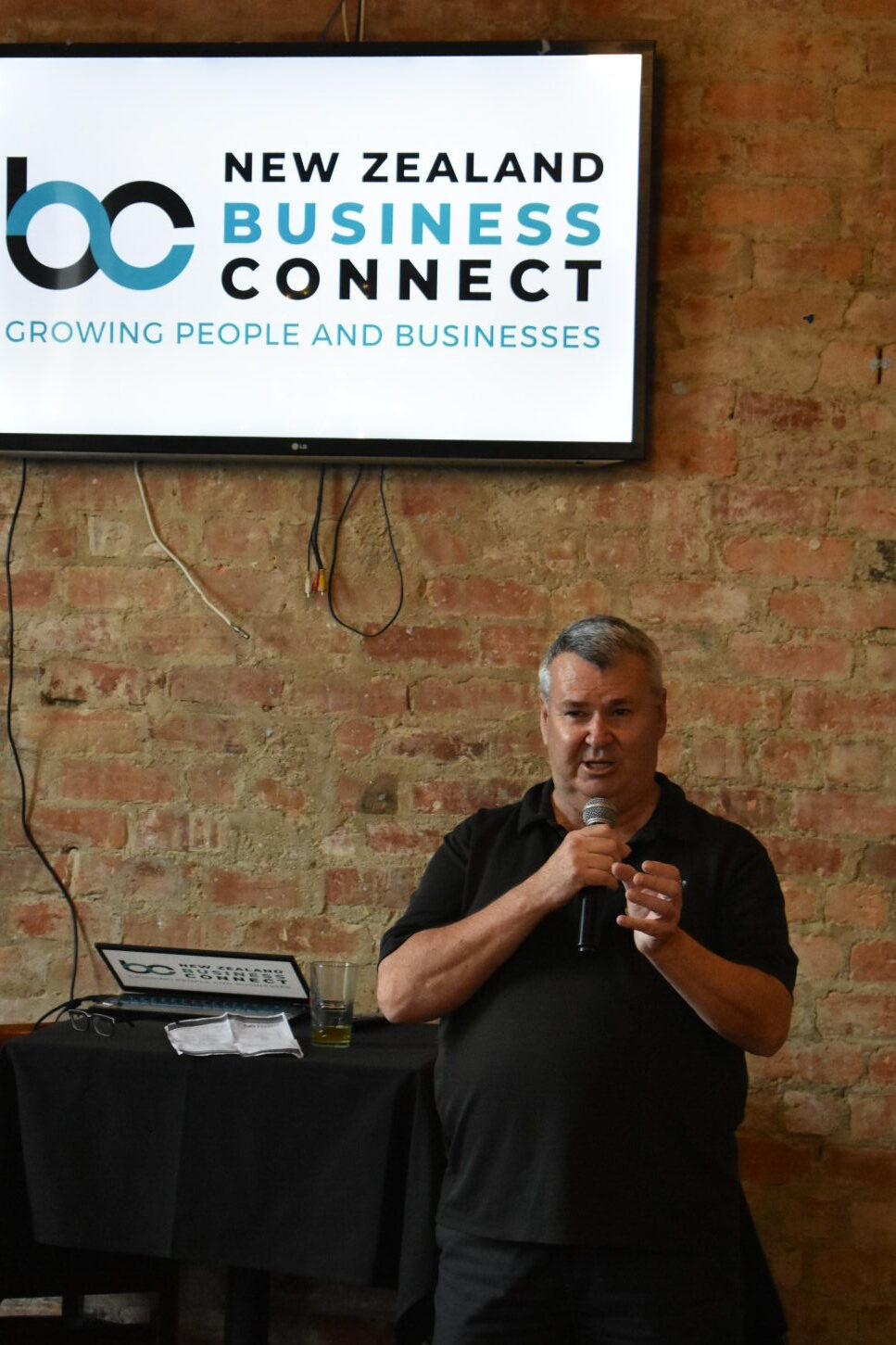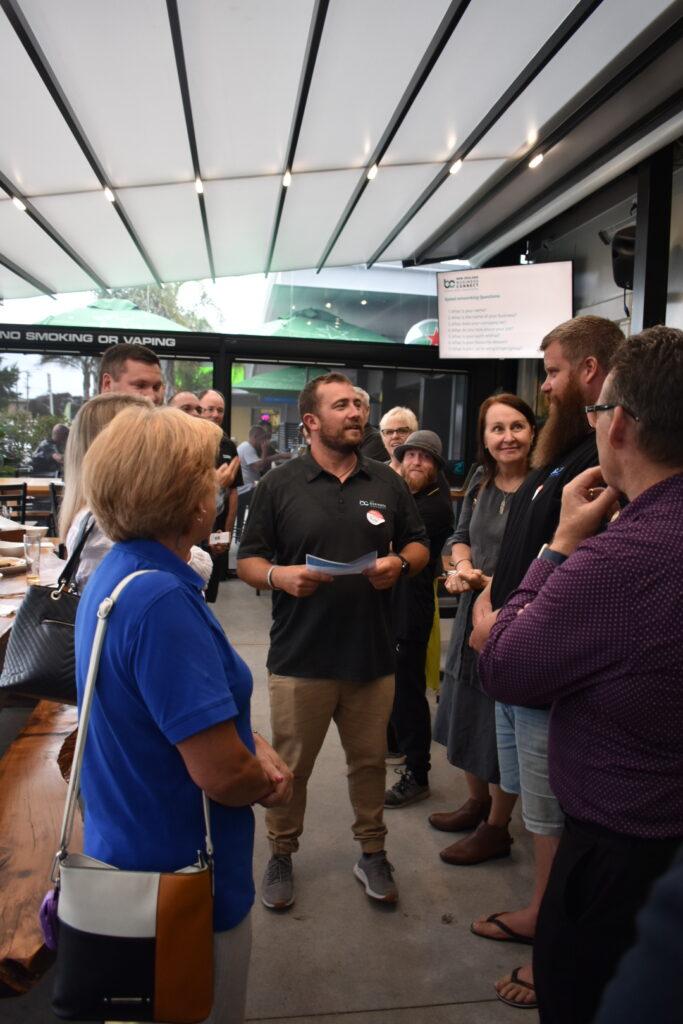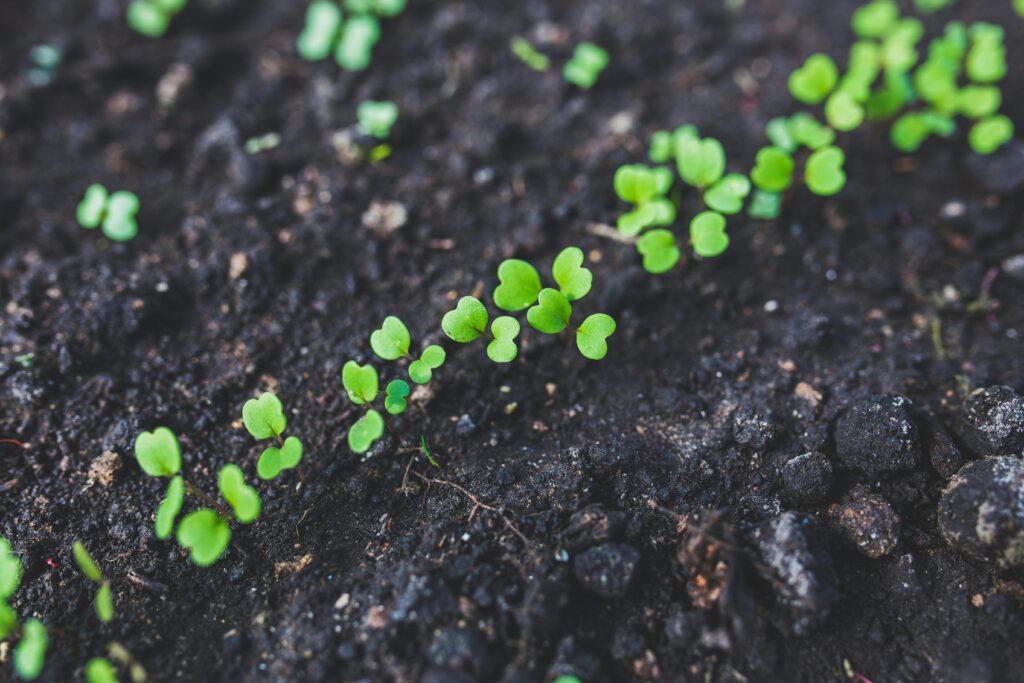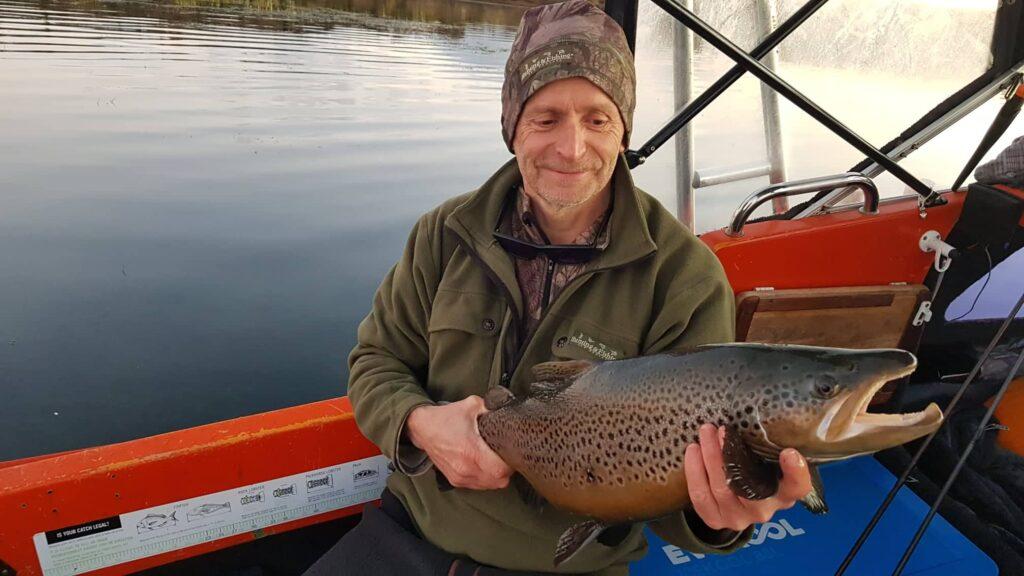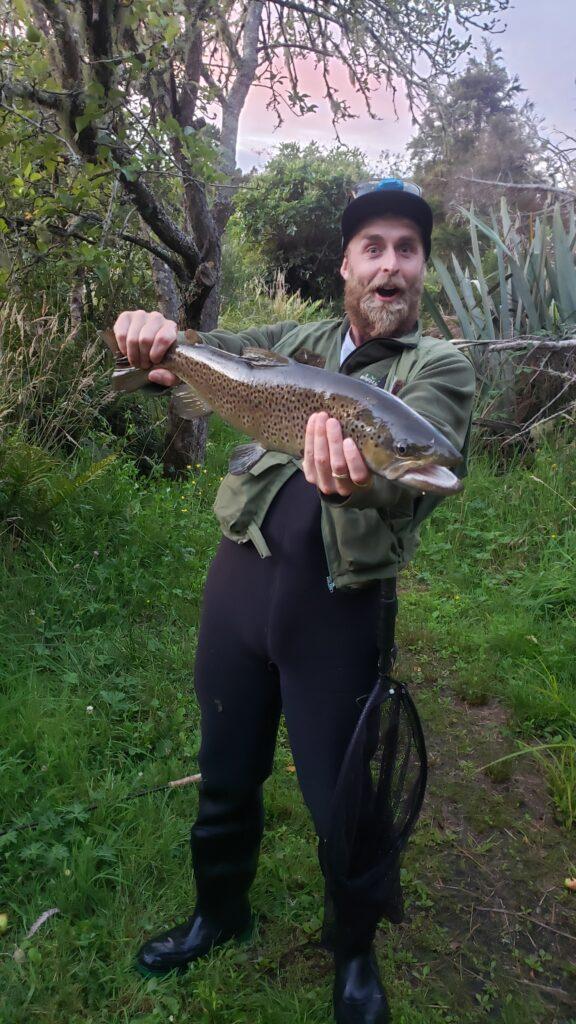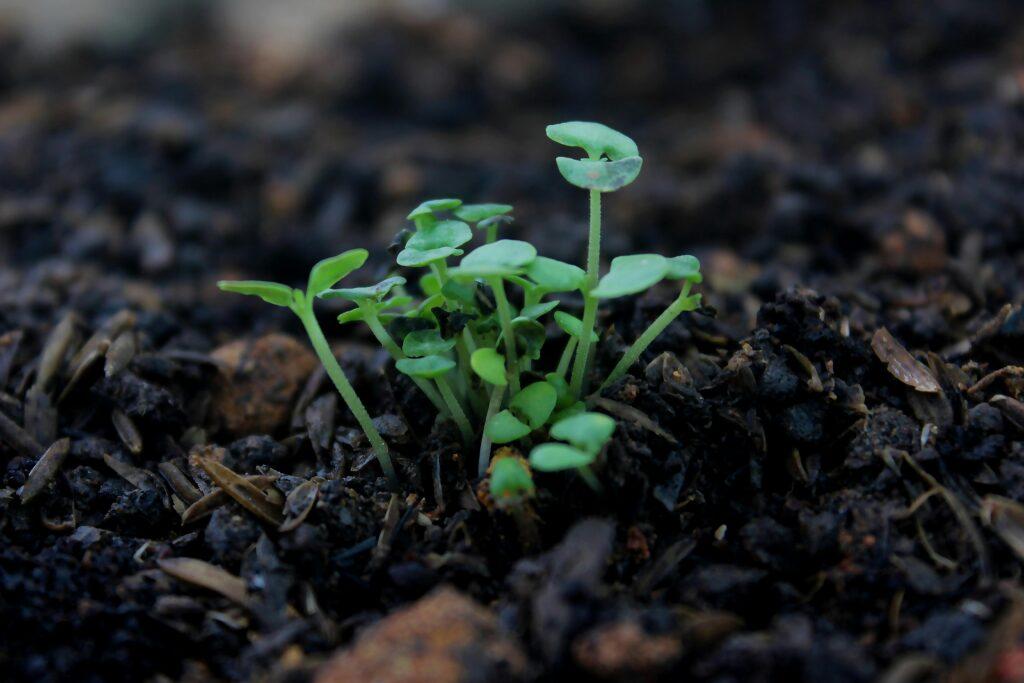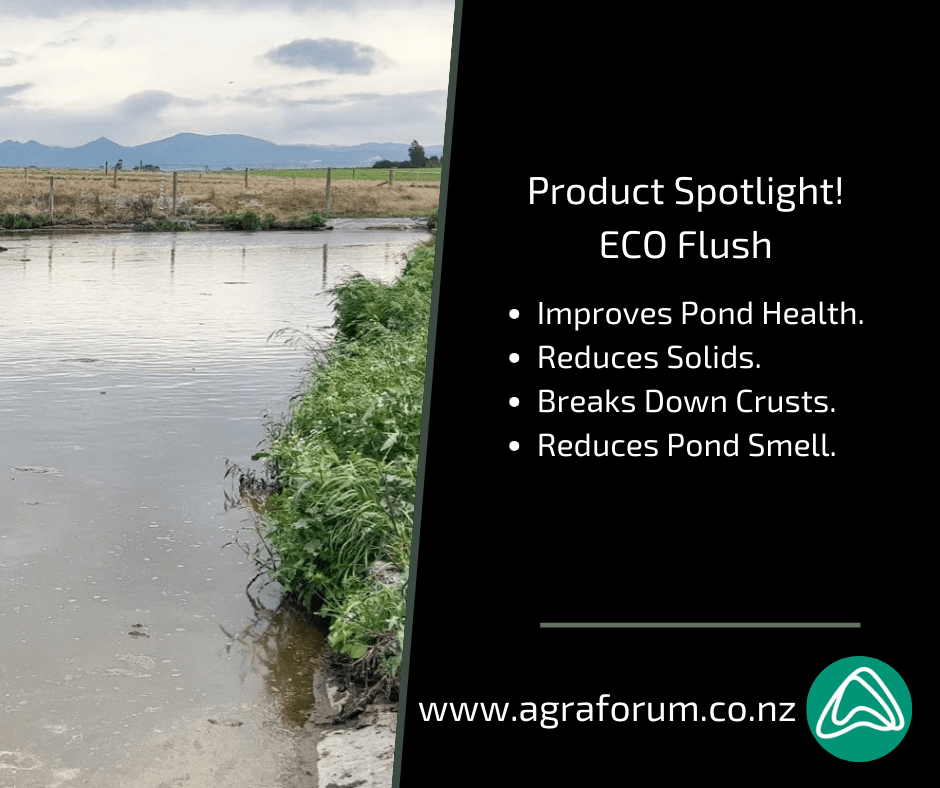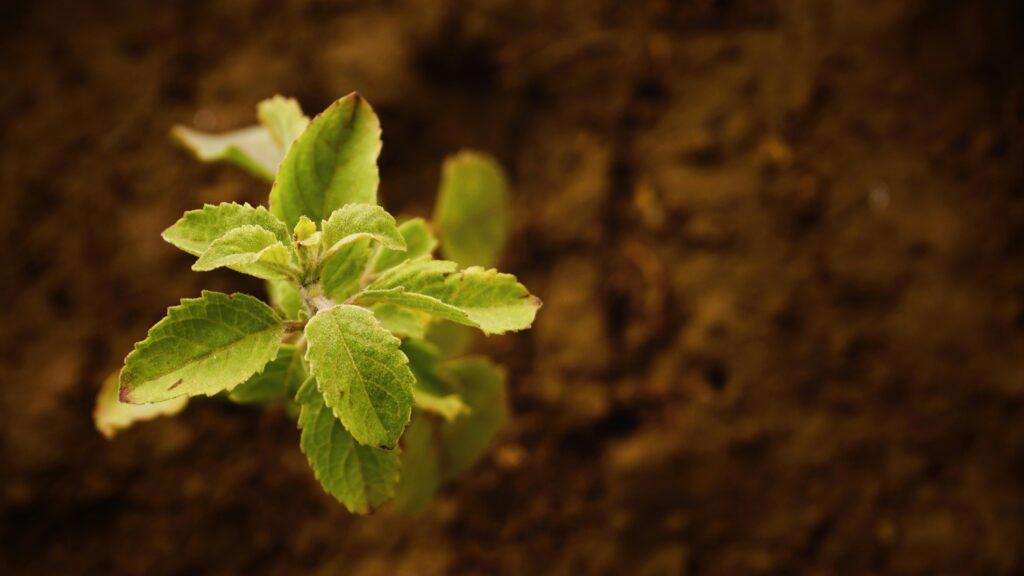Soil Scientist Dr. Gordon Rajendram delves into the intricate interplay between soil structure and the vitality of the agricultural ecosystem, asserting that the essence of productive farming and environmental sustainability lies beneath our feet. The structure of soil, a complex arrangement of particles and spaces, is foundational for water retention, nutrient cycling, and the support of plant life. However, this delicate equilibrium faces threats from pollutants and suboptimal farming methods, leading to significant concerns for soil health, crop productivity, and ecological balance.
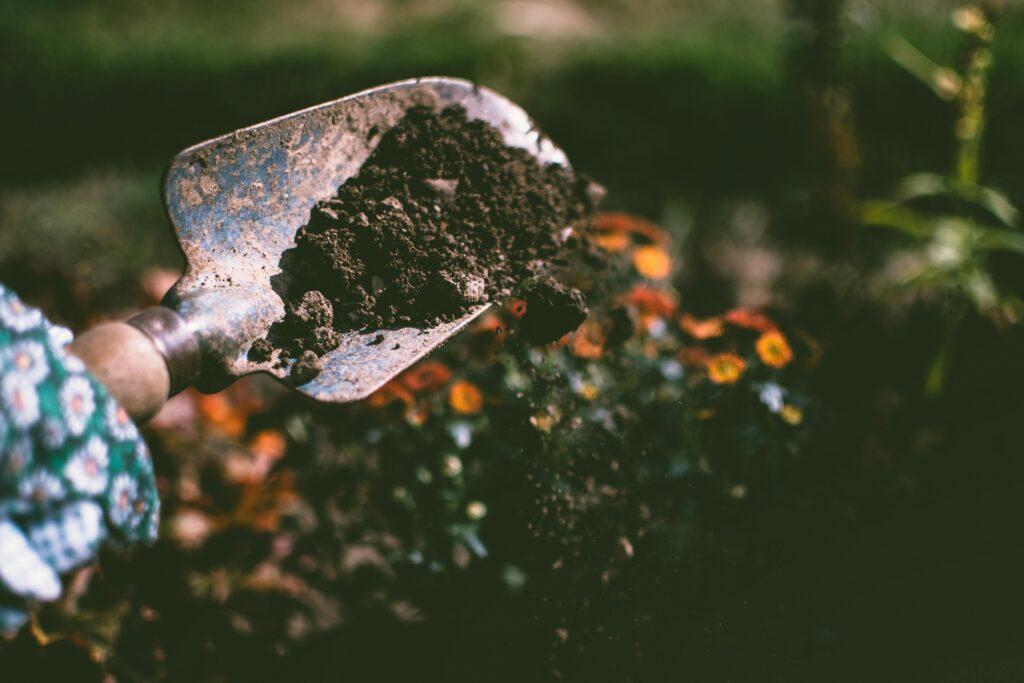
Highlighting the adverse effects of industrial pollutants, agricultural runoff, and the overuse of chemicals, Dr. Rajendram points out how “these elements severely disrupt the soil’s microbial community. Such disruption is hampering the decomposition of organic matter and the cycling of nutrients, elements crucial for maintaining soil structure and fertility.” The consequence of this disruption is a soil system that is less resilient, more prone to erosion, and increasingly ineffectual at supporting agricultural demands.
Moreover, Dr. Rajendram sheds light on how neglectful soil management practices—such as the excessive use of heavy machinery and inadequate replenishment of soil organic matter—contribute to soil compaction and diminished aeration. These conditions create a hostile environment for root growth and water infiltration, further straining the ability of plants to access essential nutrients and moisture, thereby impeding their growth and reducing yields.
In response to these challenges, Dr. Rajendram champions a shift towards more sustainable farming practices that honour and nurture the soil’s natural processes. He advocates for regular soil testing as a crucial diagnostic tool to identify contaminants and assess nutrient profiles, enabling the implementation of targeted interventions. Emphasising the reduction of chemical inputs, the enhancement of soil organic matter through practices like composting and mulching, and the adoption of conservation tillage, Dr. Rajendram proposes a holistic strategy aimed at revitalising soil structure and promoting resilience.
Incorporating eco-friendly products and adhering to sustainable soil management practices, according to Dr. Rajendram, are not merely actions to restore and protect soil health but are fundamental steps towards achieving broader environmental goals. These include preserving biodiverse ecosystems, improving the sequestration of carbon to combat climate change, and ensuring the longevity and productivity of agricultural lands for future generations.
Contact Dr Gordon Rajendram
021 466077
rajendram@xtra.co.nz
www.gordonrajendramsoilscientist.co.nz
Contact Phillip Quay
027 458 7724



